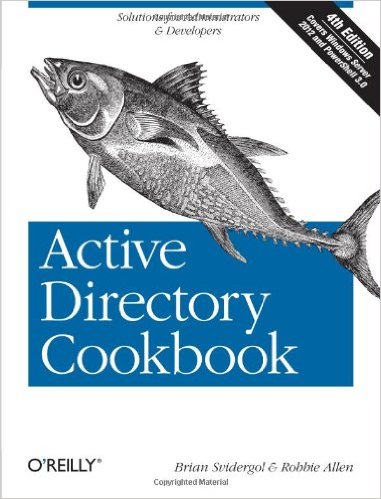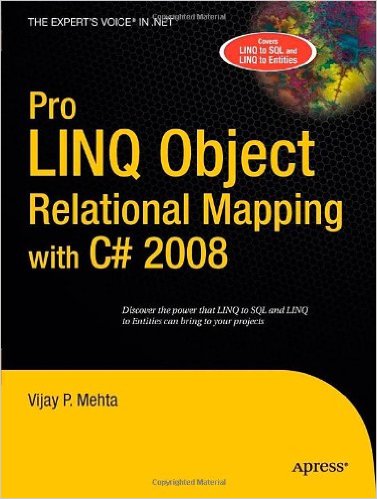Article: Performance Improvement – Understanding
One of my least favorite discussions in development is the discussion about performance. It’s one of my least favorite because it requires a ton of knowledge about how systems work, and either a ton of guesswork or some very detailed work with load testing. I generally say that the results you get out of any performance prediction exercise are bound to be wrong. The goal is to make them as least wrong as possible.
I’m going to try to lay out some general guidelines for performance improvement through improving understanding about what performance is, how to measure it, and finally solutions to common problems. This article will cover the core understanding of the performance conversation. The second and third articles will cover session management and caching because they have such a great impact on performance — and on what solutions you can use to improve performance. The final article in the series will focus specifically on ways to improve performance.
No series of article (or book for that matter) could cover every possible situation that you can get into with computer system performance. My background includes nearly 20 years of work with systems from a VAX running VMS to more current projects which are based on Microsoft products such as .NET, Microsoft SQL Server, and Microsoft SharePoint. The concepts in this article are applicable to any complex system; however, I use the Microsoft platform including Windows, .NET, and SQL Server.
http://www.developer.com/db/article.php/3827266
Note: This is part 1 of a 4 part series


